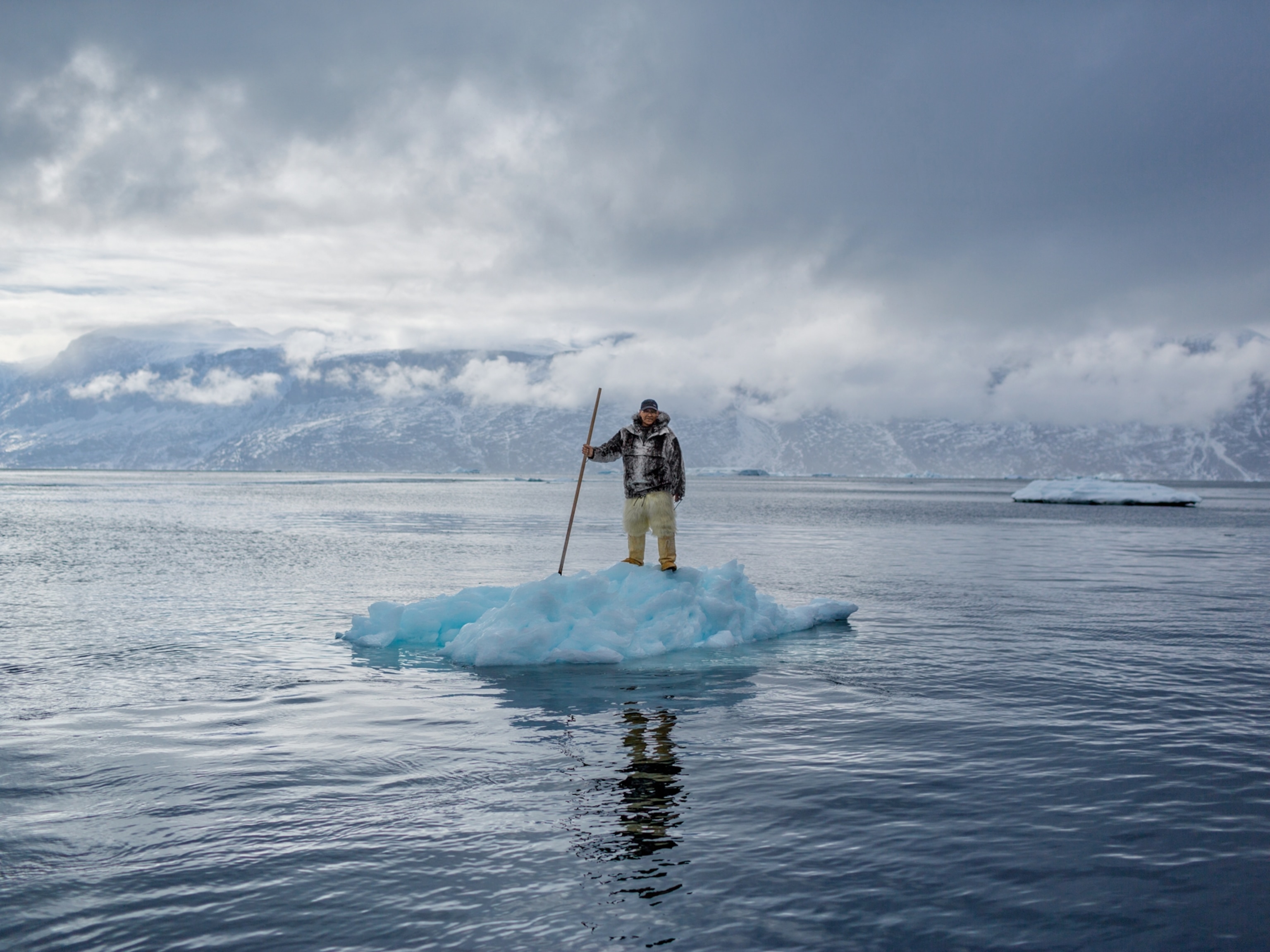
Visible Proof of a Warming Planet
This post was originally published in September 2013. We’re resurfacing it as part of our #Throwback series, which gives more love to our favorite posts. Climate change is the subject of the November 2015 special issue of National Geographic.—The Proof Team
Stories often take years to create. This one began seven years ago when, in early 2006, Colorado science and nature photographer Jim Balog came to us with an idea about photographing a melting glacier in Iceland. While we liked the idea, it also occurred to us that this story could be bigger in scope, especially since glaciers worldwide have been melting at an alarming rate. Photographically documenting the shrinking ice globally would be a stark visualization of the changes happening to our climate.
So in the summer and autumn of 2006 Jim traveled to three continents to photograph disappearing glaciers. His images became part of the June 2007 cover story, “The Big Thaw: Ice on the Run, Seas on the Rise.”
The biggest challenge in covering melting ice is to show change, to show difference. You need to photograph a place once to provide a baseline look, then return to the same place, perhaps years later, to see if it looks different. That’s the underlying premise of the October 2013 story “Meltdown,” which includes images of a glacier photographed in 2006 and 2012.
In some cases the ice in the locations Jim shot had shrunk a lot, in others not as much. In all cases, however, there was less ice visible. Simply put, temperatures are going up in places where we photographed glaciers.
Jim’s original 2006 work also created something bigger. In 2007 he started the Extreme Ice Survey to document the loss of ice worldwide. With help from National Geographic technicians, Jim built an array of solar-powered time-lapse cameras and mounted them near glaciers in nearly 30 locations globally. The cameras take one picture an hour for every hour of daylight for a year, and the pictures are assembled into dramatic time-lapse movies that show how glaciers behave over time.
This photographic proof of shrinking glaciers, combined with other examples like rising seas and changing seasons, helps provide evidence that our climate is changing, warming up—and that the world is becoming a very different place.
Dennis Dimick is the executive editor for National Geographic magazine. Follow Dennis on Twitter, Instagram, and Flickr.
You can see more of Jim Balog’s glacier photographs and movies at: http://extremeicesurvey.org. Follow Jim on Twitter at @earthvisiontrst.
Related Topics
You May Also Like
Go Further
Animals
- Orangutan seen using plants to heal wound for first timeOrangutan seen using plants to heal wound for first time
- What La Palma's 'lava tubes' tell us about life on other planetsWhat La Palma's 'lava tubes' tell us about life on other planets
- This fungus turns cicadas into zombies who procreate—then dieThis fungus turns cicadas into zombies who procreate—then die
- How can we protect grizzlies from their biggest threat—trains?How can we protect grizzlies from their biggest threat—trains?
- This ‘saber-toothed’ salmon wasn’t quite what we thoughtThis ‘saber-toothed’ salmon wasn’t quite what we thought
- Why this rhino-zebra friendship makes perfect senseWhy this rhino-zebra friendship makes perfect sense
Environment
- What La Palma's 'lava tubes' tell us about life on other planetsWhat La Palma's 'lava tubes' tell us about life on other planets
- How fungi form ‘fairy rings’ and inspire superstitionsHow fungi form ‘fairy rings’ and inspire superstitions
- Your favorite foods may not taste the same in the future. Here's why.Your favorite foods may not taste the same in the future. Here's why.
- Are the Great Lakes the key to solving America’s emissions conundrum?Are the Great Lakes the key to solving America’s emissions conundrum?
- The world’s historic sites face climate change. Can Petra lead the way?The world’s historic sites face climate change. Can Petra lead the way?
History & Culture
- Meet the ruthless king who unified the Kingdom of Hawai'iMeet the ruthless king who unified the Kingdom of Hawai'i
- Hawaii's Lei Day is about so much more than flowersHawaii's Lei Day is about so much more than flowers
- When treasure hunters find artifacts, who gets to keep them?When treasure hunters find artifacts, who gets to keep them?
- Meet the original members of the tortured poets departmentMeet the original members of the tortured poets department
Science
- Orangutan seen using plants to heal wound for first timeOrangutan seen using plants to heal wound for first time
- Should you be concerned about bird flu in your milk?Should you be concerned about bird flu in your milk?
Travel
- On this Croatian peninsula, traditions are securing locals' futuresOn this Croatian peninsula, traditions are securing locals' futures
- Are Italy's 'problem bears' a danger to travellers?Are Italy's 'problem bears' a danger to travellers?
- How to navigate Nantes’ arts and culture scene
- Paid Content
How to navigate Nantes’ arts and culture scene




